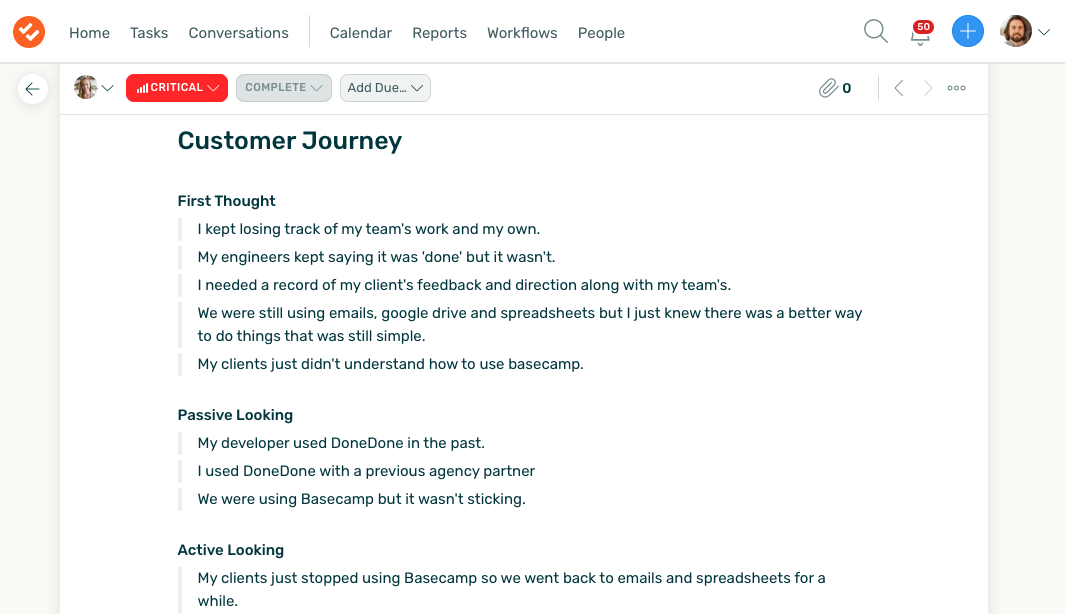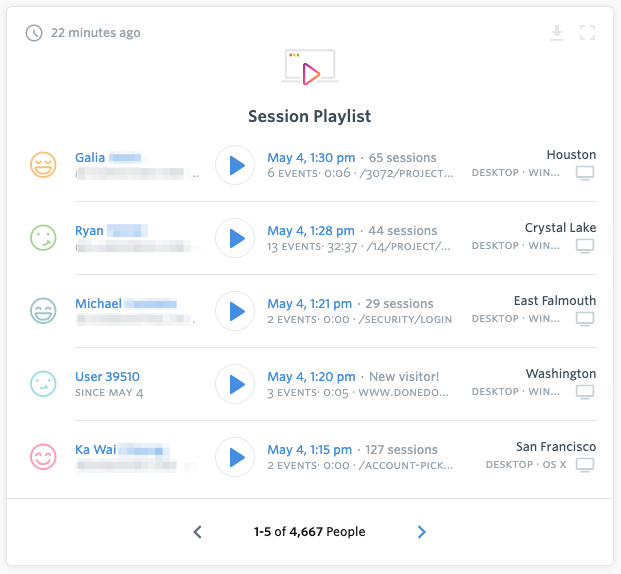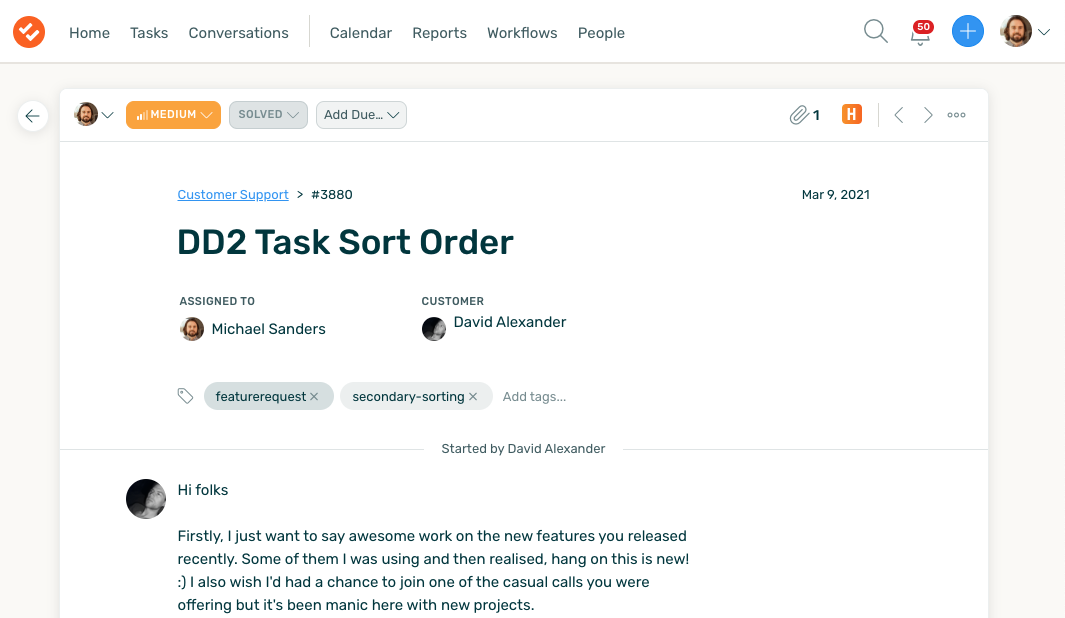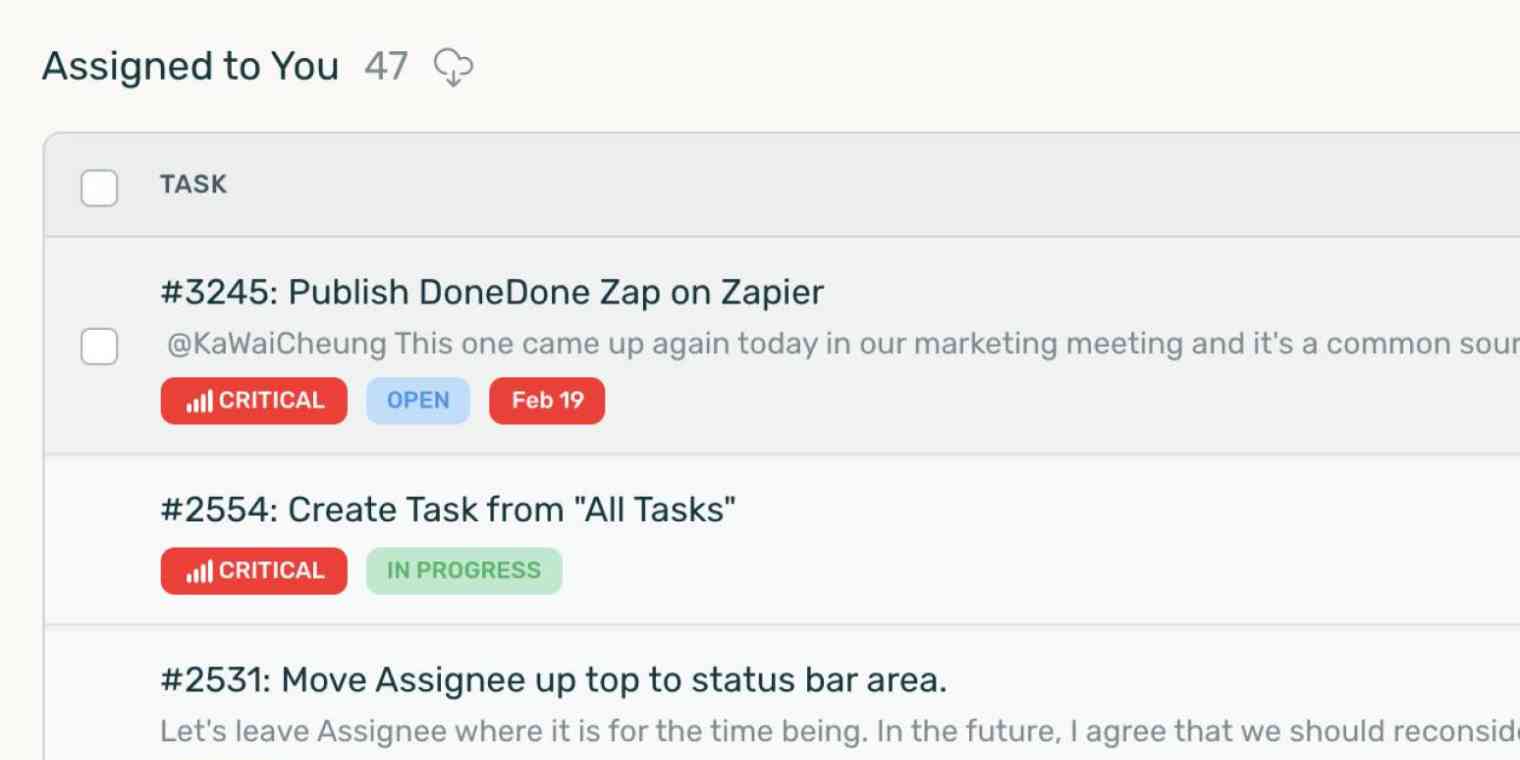It's tough as a small business to enter crowded markets with big companies and carve out a niche. It's even tougher when your target market is constantly changing and evolving—and the world around you is doing the same.
As a small SaaS business, we've been honing in on product-market fit for over a dozen years. We've grown slowly and steadily but not without bumps along the way. So here's how we're finding product-market fit for DoneDone, a simple task manager and helpdesk for small teams like our own—and how you can do the same.
What is product-market fit?
Product-market fit is about identifying a specific audience and then ensuring that your product meets their needs. In other words, it's making sure you're helping a specific audience make progress against that audience's common problems.
It's obviously valuable to understand what you're selling and who you're targeting. It's even more important to know what you're not selling and what audiences you should avoid. As an example: in our case, we've discovered that we're not selling a project planning solution and that we should avoid large enterprise organizations that tend to place a greater emphasis on the planning of work rather than the actual doing.
Get to know your audience, and remember: they don't need more features, they need more progress. Help them get there.
3 tips for finding, understanding, and honing your product-market fit
There are three main strategies we've used to help position ourselves in the market against larger businesses with hundreds of thousands of customers and a lot more money to throw at their problems. A great source of inspiration for me and our team has been Bob Moesta's book, Demand-Side Sales 101: Stop Selling and Help Your Customers Make Progress. Moesta's framework has helped guide the strategies we've implemented to find product-market fit. I highly recommend checking it out.
1. Dig into customer interviews
Customer interviews are the single most important tool I've used to implement a demand-side sales approach. There's no substitute for having one-on-one interviews with real customers. No survey can capture the organic back-and-forth that happens during a real conversation.
Keep it casual. Get to know these people. Where are they from? What's their day-to-day like? Where do they fit within their own team?
In fact, don't talk that much about your own product. Talk about them. Get to understand what they're really struggling with on a daily basis. Where were they and what were they doing when they first discovered your product? Why were they even looking in the first place? What problems were they grappling with, and how did your product fit into the mix?
This was an eye-opening experience for me. I had thought that DoneDone had organically grown from a humble and narrowly focused bug tracker into a broader project management tool—one where customers needed to see projects through from planning to production to testing and launch.

What I heard directly from our actual customers was something a little different.
"I kept losing track of my team's work and my own."
"My engineers kept saying it was done, but it wasn't."
"I started trials of other project management tools, but they just had too much stuff. I wanted more of a snagging tool, less of a planning tool."
"I was willing to forgo things like Gantt charts, story points, and things like that. I just wanted something to track all my work with priority, status, and assignee."
"I don't even remember onboarding my clients. They just started using it. My client even pays me to use DoneDone."
"I like it because it's just a list of work. I can sort by my own tasks or filter down to the work my team is working on based on priority or assignee."
Do you notice what customers aren't saying here? There's no mention of planning or even project management more broadly. Instead, there's a fixation on the actual work at hand and a strong desire to cut out the rest.
That's when it hit me. Maybe DoneDone's product-market fit is to manage the work as it's happening after the planning is over. We ought to focus on the work—along with the people who do it—and stay out of planning. Our audience understands that plans become obsolete as soon as they're written and values a focus on the actual doing of work.
So using this strategy, we've discovered that DoneDone is used for doing the work, not planning for it. Great progress toward finding product-market fit.
2. Observe your customers using your product
Those direct one-on-ones with customers are invaluable: they help you discover your product-market fit. The next step? Ask yourself how well you're executing on it. The answer is: there's always room for improvement.
This is where observing your customers in action comes in handy. Sure, you could do conventional user testing—give the customer a challenge using your app, and see what they do—but that's time-consuming and not super scalable at a smaller business. Plus, you're not seeing customers in their natural environment.
What we've opted for is using FullStory to look at customer behavior in DoneDone. FullStory, and other tools like it, let you replay sessions of customers using your app in the real world. You can search for specific customer sessions, like those who've visited your billing page or have used your app for over a year, to drill into the customer experiences you're looking for.

We've always used quantitative analytics tools like Google Analytics or Heap, but those just give you numbers—they don't give you any insight into what the numbers actually mean. By routinely reviewing customer sessions, we're able to apply meaning to these numbers.
With a solution like FullStory, we can connect data trends to actual behavior. Have trials gone down? Why? Are fewer people being invited to an account? How come? Is our latest feature being adopted and used as we intended?
Look back at our customer interviews. An easy onboarding experience, both for customer teams and their clients, was a major priority. So we reviewed the onboarding experiences of our customers in FullStory in order to see if and where people were getting stuck.
With all that information, we modified our trial experience to gather basic information about what they're hoping to accomplish in DoneDone. By simply asking "What do you need to get done?" and presenting them with four common goals to choose from, we were able to streamline the onboarding process by seeding their account with the projects that supported their goals.
We knew this new experience would resonate with our customers, solidifying our product-market fit. In the first two weeks after releasing this update, our paid conversion rate increased by over 25%.
3. Shape your product with customer support
Customer support is much more than helping your customers retrieve a lost password or troubleshoot an issue. It can also be a great opportunity to gather feedback, shape your product, and guide customers to make them feel heard by your team.
Pay attention to the questions your customers are asking. Can these questions be eliminated by providing better educational resources? Or are these really missing pieces that your product should be filling? Of course, not everything warrants a new feature. Given that our audience values a limited but focused feature set, we're hesitant to introduce new features unless we're confident that everyone, not just a few loud voices, would benefit from them.
We tag and organize all of our customer support conversations to map them back to our product roadmap. This helps us ensure that as our customers inevitably evolve, DoneDone and its product-market fit do too.

A focused lens
With a clear understanding of where DoneDone fits in the marketplace and our customers' everyday work lives, we're able to quickly determine what fits and, most importantly, what doesn't. No more wasting time on building features that aren't needed or sending messages to the wrong audience.
Finding, understanding, and honing your product-market fit will help you get some clarity in the otherwise blurry world of running a business.





